Carbon Fiber Heaters: A Comparative Analysis
As the world increasingly seeks sustainable and energy-efficient solutions, the demand for heating systems that provide comfort and align with environmental goals is rising. In this context, the carbon fiber heater significantly improves how we approach personal and space heating.
These advanced heaters offer an impressive attribute list—greater efficiency and a high heat output that does not compromise safety. Whether in residential spaces, workshops, or hospitality applications, the benefits of carbon fiber heaters are significant. As we delve deeper into the comparison of carbon fiber heaters with competitive infrared and radiant heaters, it becomes increasingly clear why an infrared heater with a carbon fiber emitter is a superior choice for both immediate warmth and long-term reliability.
Understanding Carbon Fiber Heaters
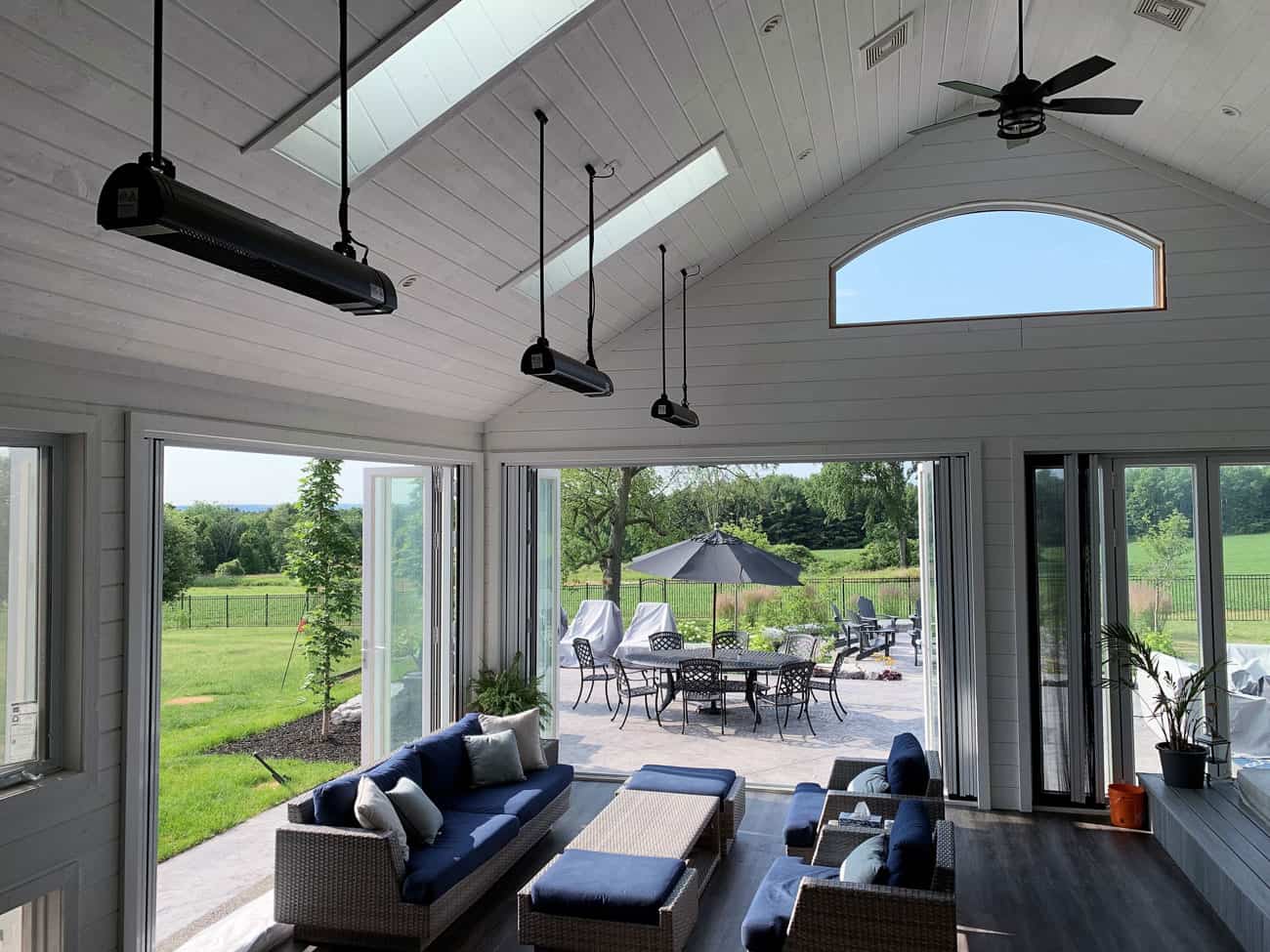
Carbon fiber heaters are the latest advancement in heating technology. They use carbon fiber instead of traditional metal elements to create heat. What sets them apart is their use of infrared heat. This type of heat warms objects and people directly rather than just heating the surrounding air. It’s an efficient approach that delivers effective warmth.
This results in significantly less energy waste and a more uniform heat distribution, eliminating hot spots traditionally created by common metal heat lamps. Furthermore, carbon fiber heaters operate quietly and emit no odors or fumes, providing a clean, emission-free heating solution.
Their rapid response time means near-instant warmth compared to the often sluggish performance of a conventional heating unit. Instant heat is important when heating garages, workshops, and other similar enclosed locations, as the fast warmup reduces energy usage. Overall, the energy-efficient operation of carbon fibre heaters addresses environmental concerns about gas-fired air heaters, which have long warmup times and high heat loss to the environment.
Energy Efficiency Comparison
When assessing energy efficiency, traditional electric heaters, infrared heaters, and carbon fiber heaters present distinct profiles. Traditional electric air heaters convert electricity into convective heat (heating the air, which then heats people in the space) through low-intensity resistive elements, often leading to considerable energy consumption and high operational costs. These heaters must work harder to heat the air, which then slowly warms the environment and people within it, a typically inefficient process unless spaces are enclosed and well insulated.
In contrast, infrared heaters, which can include carbon fiber models, use radiant heat to directly warm objects and people, not the air. This precise heating method produces direct, immediate warmth. Carbon fiber heaters employ a carbon fiber emitter with a high surface area, ensuring a more even distribution of heat and improved energy efficiency. Their design allows for rapid heating and cooling, which means they can be turned on and off more quickly than traditional heaters thus conserving energy by allowing users to use the heater only when needed – no warmup time is required. This responsive heating system adapts to environmental conditions with greater agility, reducing total energy consumption over time.

Carbon fiber heaters outperform both traditional electric air heaters and standard infrared heaters by capitalizing on their superior heat distribution and minimal energy waste. Their intelligent design offers instant warmth and ensures a more eco-conscious approach to heating, establishing them as energy efficiency and sustainability leaders in the heating market.
Cost Analysis of Carbon Fiber Heaters
The long-term cost benefits of carbon fiber heaters become evident compared to traditional gas heaters and low-intensity electric heaters. Carbon fiber heaters, with their efficient infrared technology, offer lower operational costs and significantly reduced maintenance expenses. While common, gas heaters require regular upkeep, including checking leaks and replacing components susceptible to wear and tear. While the unit cost of natural gas is low, most of the heat generated is transferred to the surrounding air, which either rises or is blown away. In windy environments, as much as 80% of the input gas energy is lost to the air. Heat generated by Aura Carbon Fiber heaters is directed at the target and is not affected by wind. As a result, the cost of delivering the same amount of energy is usually lower when using a carbon fiber emitter.
Low-intensity infrared heaters are also susceptible to wind losses, as the surface temperature of the element is significantly lower than carbon fiber elements.
Conversely, carbon fiber heaters convert a high percentage of electrical energy directly into radiant heat, resulting in less energy and cost required to deliver the same heat rise in a space. They are designed to require minimal maintenance, lacking complex internal components that typically fail over time. This durability and inherent energy-saving technology manifest in significantly lower lifetime costs when compared to gas heaters or low-intensity electric infrared heaters. Moreover, the consistency and stability of electricity prices, combined with the potential for integrating carbon fiber heaters with renewable energy sources like solar power, amplify their economic appeal.
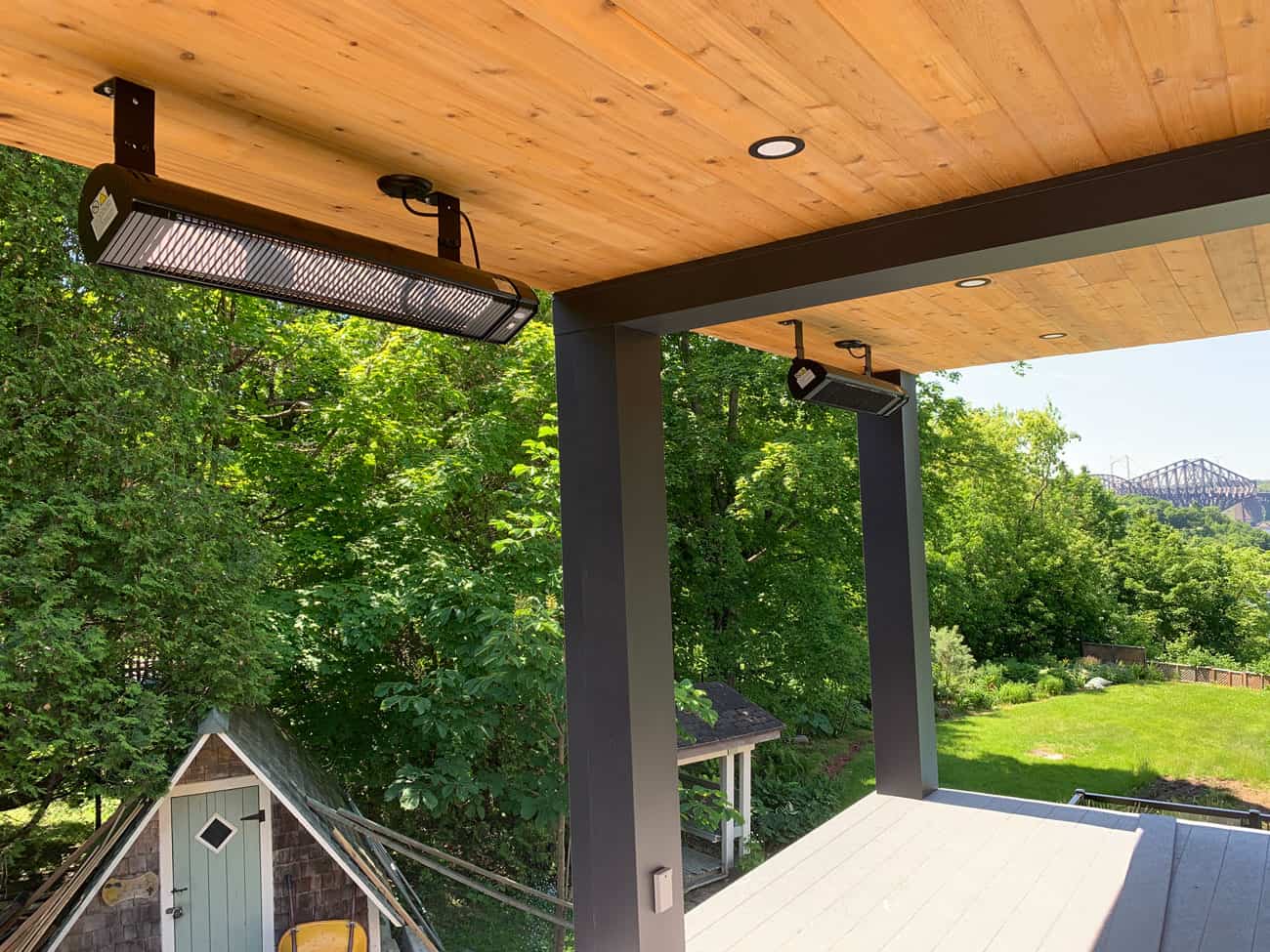
To quantify the savings, homeowners and businesses should consider the immediate price tag and the total cost of ownership, including initial costs, maintenance, and energy consumption over the lifespan of the heater or heat lamp. When these factors are considered, carbon fiber heaters emerge as a financially prudent option, providing a smart investment into an energy-efficient future with consistent, cost-effective climate control.
Heating Performance and Comfort
Beyond mere efficiency, carbon fiber heaters are a superior option for heating performance and comfort. Convection heaters rely on warming the air in a room, which can result in a drafty sensation as warm air rises and cold air moves to replace it.
Carbon fiber heaters excel by offering rapid heating capabilities, thanks to their infrared technology that delivers heat directly to people and objects without the lag of warming the surrounding air. Users experience instantaneous and consistent warmth, eliminating the discomfort of waiting periods and uneven temperatures.
Environmental Impact
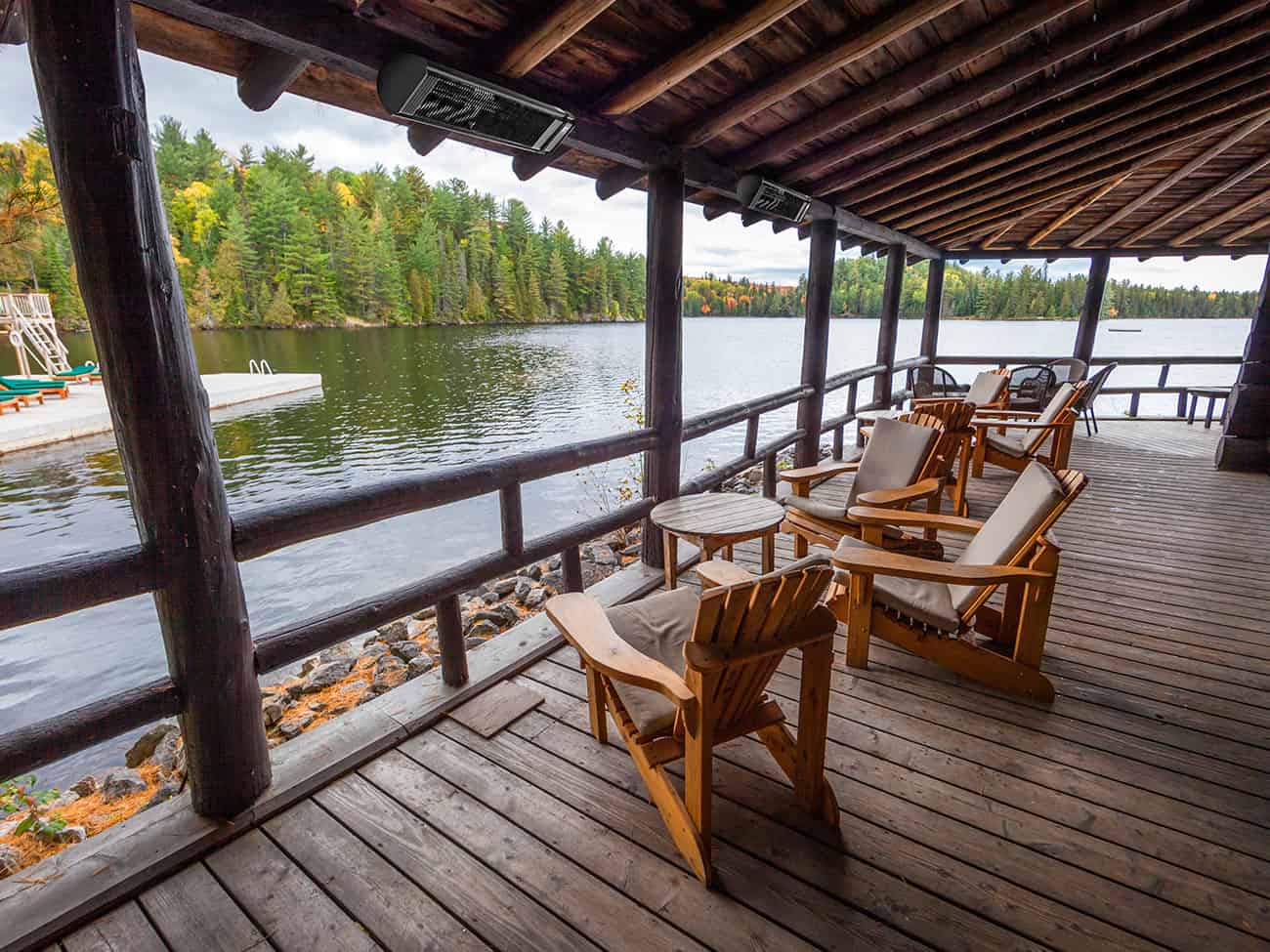
The environmental impact of heating solutions is significant, and heating outdoors should be done as efficiently as possible. Installers, homeowners and business operators should select products that convert energy into heat that is delivered directly to people in the space – not lost to the air. In outdoor or highly exposed environments, Carbon fiber heaters offer a significant advantage over gas or propane radiant heaters due to their emission-free operation. Gas and propane infrared heaters burn fossil fuels to generate heat, releasing carbon dioxide and other emissions into the atmosphere, directly contributing to the greenhouse effect and global warming. Due to the low surface temperature of the heating surfaces, most of the heat generated is lost to the environment. Moreover, the production and transportation of propane entail additional environmental costs and the potential for leaks, which can harm the surrounding ecosystem.
Carbon fiber heaters stand out as a 100% sustainable heating method when electricity is generated by renewable resources, converting almost all the energy they consume directly into heat with no direct emissions. Their high energy efficiency translates into a reduced carbon footprint since less energy is wasted and fewer resources are needed to produce the same heat. When paired with renewable energy sources, carbon fiber heaters can operate in an even more environmentally friendly manner.
This sustainable approach is conducive to maintaining a healthier planet, supporting the transition to low- or no-carbon heating technologies, and reducing the overall environmental impact of maintaining comfortable indoor or outdoor temperatures.
Installation and Maintenance
Installation and upkeep for carbon fiber heaters stand out for their straightforwardness and hassle-free maintenance compared to baseboard heaters and radiant floor heating systems. Baseboard heaters often involve complex installation with specific requirements for placement to ensure optimal operation, and they can be unsightly, taking up valuable wall space. While effective and unobtrusive, radiant floor heating is typically more costly and complex to install, especially if retrofitting an existing space.
In contrast, carbon fiber heaters offer a lightweight design that is easy to install by an electrician, usually requiring no more than a standard electrical outlet. This versatility allows for more flexible placement within any room and can often be done with a one-time professional help, significantly reducing installation and maintenance costs.
Additionally, the maintenance demands for carbon fiber heaters are exceptionally low—without moving parts or filters that need regular cleaning or replacement, a carbon fiber heater’s upkeep is virtually nonexistent. This simplicity in installation and maintenance not only saves time and effort for the owner but also contributes to the overall cost-effectiveness of the heating solution.
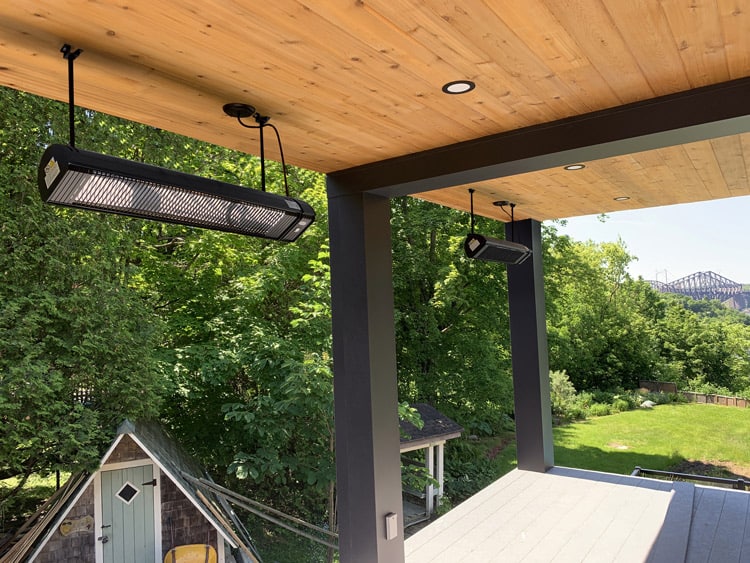
The Next Evolution of Electric Heating
The comparative analysis presented throughout this document clearly establishes carbon fiber heaters as a superior choice for consumers seeking energy efficiency, cost-effectiveness, ease of use, and environmental sustainability. These heaters offer substantial long-term savings and provide a more consistent and comfortable heating experience.
The simplicity of installation and minimal maintenance reinforce their practicality. Moreover, when powered using renewable electricity, the negligible environmental footprint of carbon fiber heaters presents an eco-friendly heating alternative, aligning with the growing global emphasis on sustainability. Given these compelling advantages, carbon fiber heaters are a smart investment for residential and commercial users who prioritize immediate comfort and long-term, eco-conscious benefits (when compared to gas or propane heaters).
Enhance your home or business with a modern and efficient heating solution. Aura Heaters invites you to experience the unparalleled comfort and cost-effectiveness of our Carbon Fiber Series heaters. Embrace a cozy, evenly heated environment while enjoying the peace of mind that comes with an eco-friendly, low-maintenance choice.
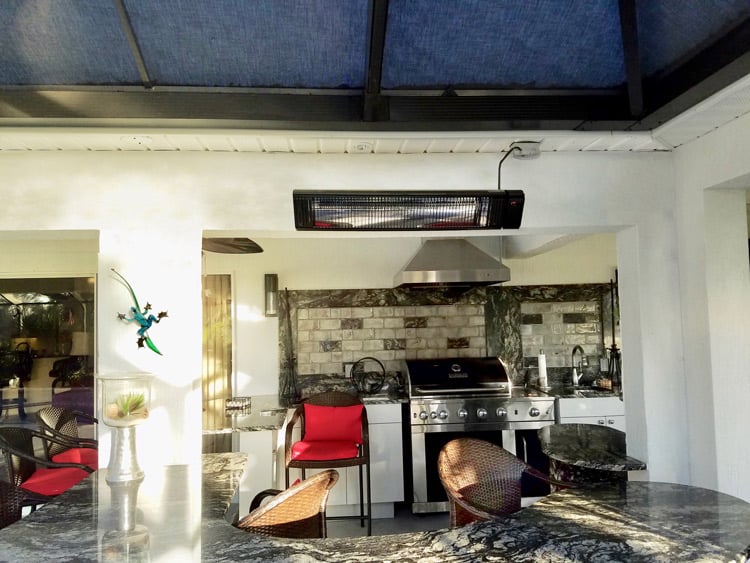
Upgrade to Aura Heaters and join a future where warmth meets innovation. Contact us today to learn how to make the smart switch and contribute to a more sustainable world.